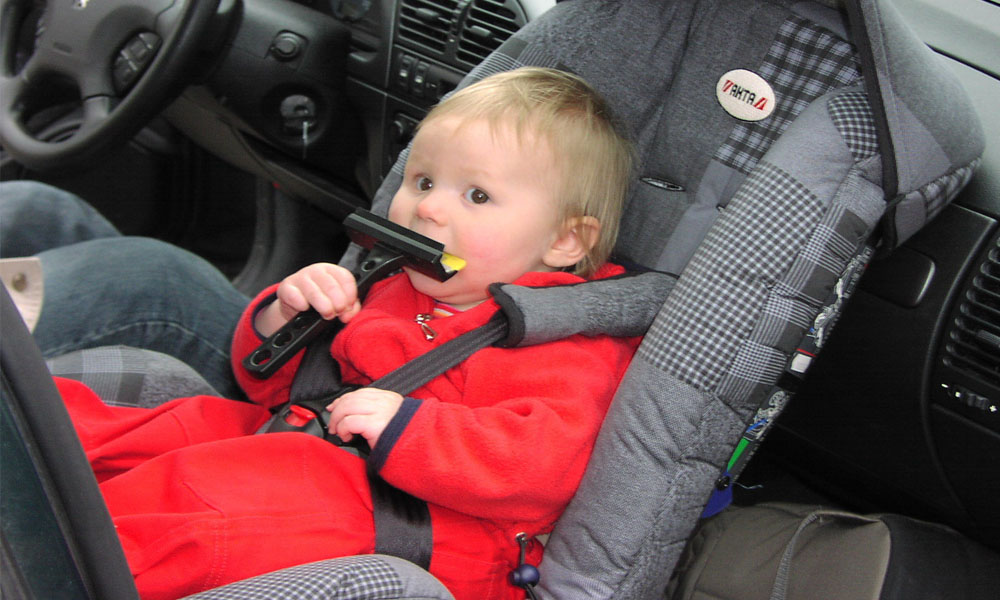Aren’t car seats great? How long safer do you feel when your baby is protected from a potential accident?
Car seats are one of the reasons why the number of injuries and deaths of children in road accidents has decreased. But car seats aren’t always easy. They come with lots of questions, advice, and potential difficulties.

Also Read: The Best Cool Children’s Electric Toy Car To Choose
Advice on Car Seats for Children
There are many choices of car seats on the market. Use the information below to help you choose the type of car seat that best suits your child’s needs.
- Select a car seat based on the age and size of your child, choose a suitable seat for your vehicle and use it every time.
- Always refer to the specific instructions of the car seat manufacturer (check the height and weight limits) and read the vehicle owner’s manual for instructions on how to install the car seat using the safety belt anchors or lower anchors and a lace, if applicable.
- To maximize safety, keep your child in the car seat for as long as possible, as long as he meets the manufacturer’s height and weight requirements.
- Keep your child in the back seat until they are at least 12 years old.
Rear-facing car seat
Birth – 12 Months
Your child under 1 year of age must always travel in a rear-facing car seat. There are several types of rear-facing car seats:
- Infant-only seats can only be used rear-facing.
- Convertible and all-in-one car seats generally have higher weight and size limits for the rearward facing position, allowing you to keep the child facing backward for longer.
Also Read: Toys For 1 Year Olds
Forward Facing Car Seat
1 – 3 Years
Keep the baby facing back for as long as possible. This is the best way to protect it. The child must remain in a rear-facing car seat until they reach the maximum height or weight limit permitted by the car seat manufacturer. Once your child outgrows the rear facing car seat. He is ready to travel in a forward facing car seat with harness and lanyard.
Also Read: Toys For 5 Year Olds
Booster seat
4 – 7 Years Old
Keep your child in a forward-facing car seat with harness and strap until he or she reaches the maximum height or weight limit permitted by the car seat manufacturer. Once your child gets past the forward facing car seat with a harness. It’s time to travel in a booster seat, but always in the back seat.
Security Seat Belt
8 – 12 Years
Keep the child in a car seat until he is old enough to fit properly in the seat belt. For a seat belt to fit properly, the lap belt must fit snugly across the upper thighs, not the stomach. The shoulder strap should fit snugly across the shoulder and chest and not cross the neck or face. Remember: your child should always sit in the back seat, because he is safer.
Also Read: Toys For 10 Year Olds
Car Seat Rear Facing FAQs
Q: Isn’t my baby too big to ride rear-facing? He will be so uncomfortable with his legs bent.
A: Children are much more flexible than adults because their bones and joints are not fully developed. So what may seem really uncomfortable to us may suit our children. Actual accident data show a reduced rate of lower limb (leg and foot) injuries due to rear-facing driving compared to head and spine injuries due to forward driving. A backward position better protects the head and spine from traumatic injury, the top safety priority.
Q: I like being able to see my child and give him a snack or a drink. Is it worth changing seats first?
A: Regardless of your child’s seat, having a snack while driving is risky. Drivers tend to turn the steering wheel when approaching, which can cause an accident. Also, feeding a child restrained in a car is risky, as a fastened seat belt can prevent you from reacting if they choke or tip over something. It’s best to plan some time for a snack before you go, or plan a few minutes to stop on the way for a snack or drink.
Q: My son can’t wait to move on now that he’s “big”.
A: While parents may be tempted to move their children to the next place after a growth phase (and potentially make it easier for themselves). The fact is that each transition to the next type of child restraint actually marks a step back in terms of general safety. For children who can drive in either direction depending on their height, age and weight, the direction of travel is generally less safe than facing backwards. And for slightly older children, using a booster seat belt is less safe than using a forward-facing seat with a full body harness. Children may be eager to upgrade. The key is to be consistent and avoid making exceptions. Like “I’ll let him sit facing forward in Grandma’s car” and your child will be less likely to object.

